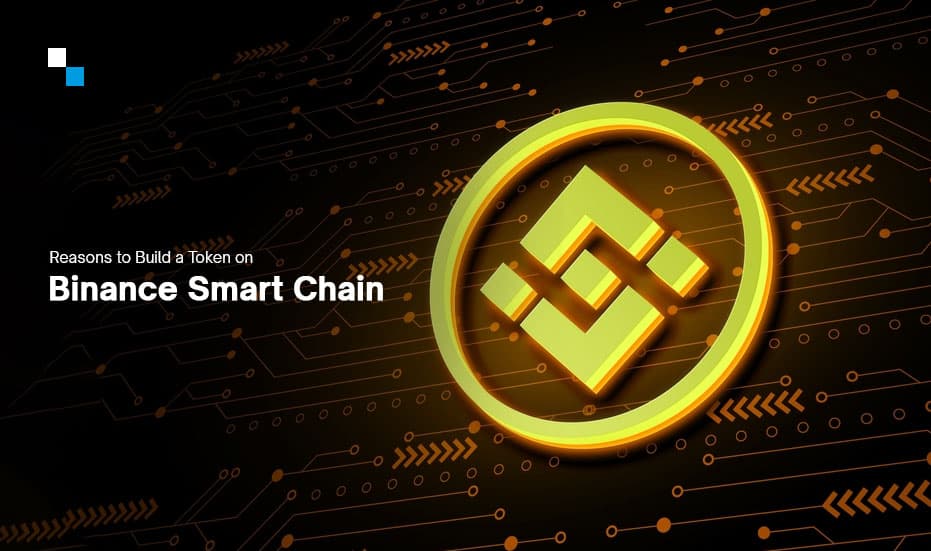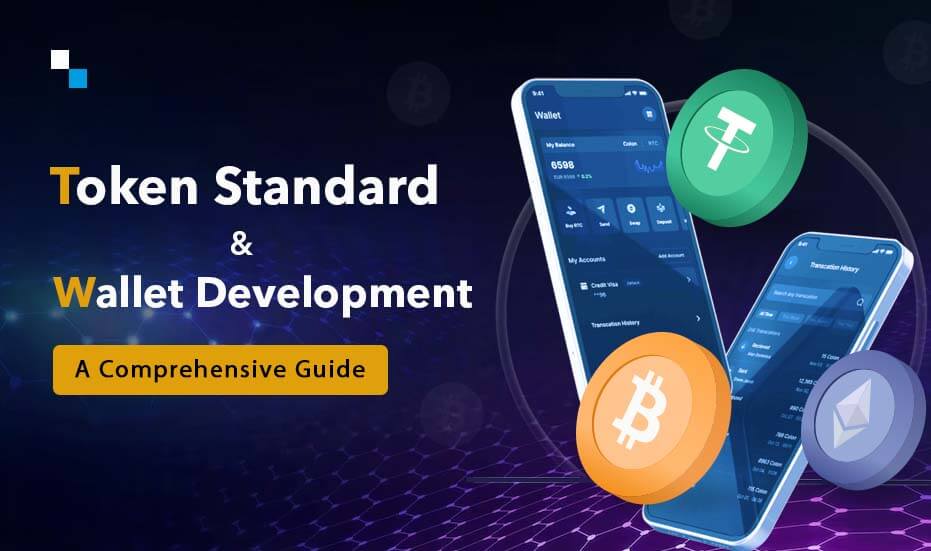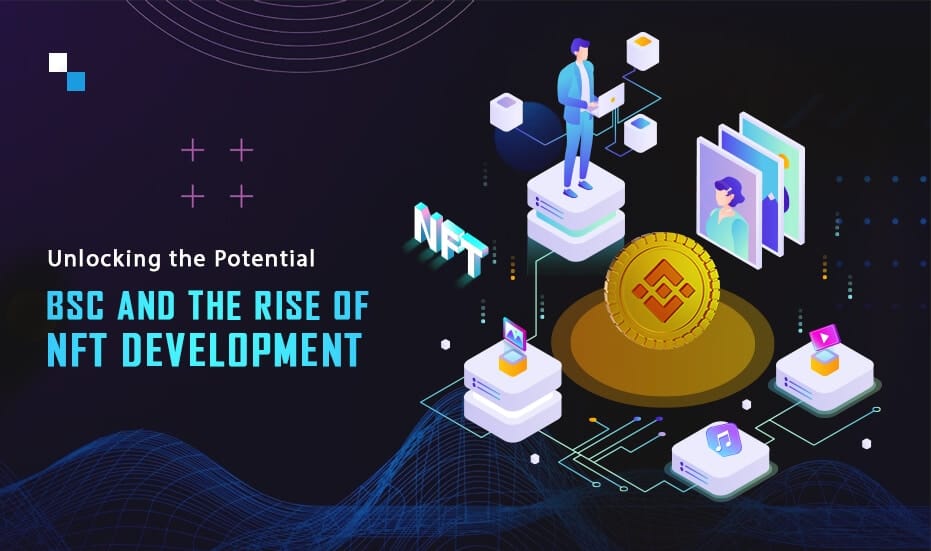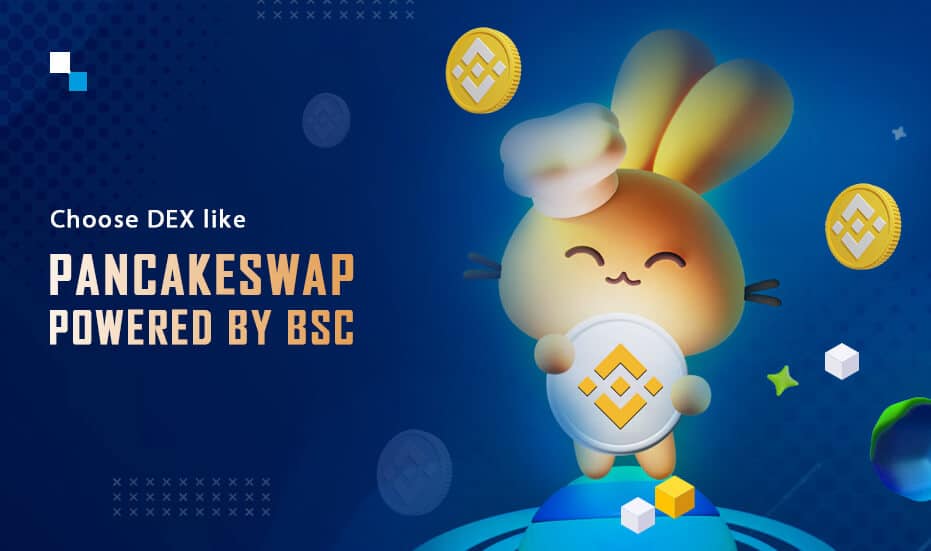Very often, we see crypto traders use the terms coin and token interchangeably which is technically incorrect. While a coin is a cryptocurrency that is native to a blockchain, a token is a cryptocurrency that is built on a non-native blockchain. For example, when we create BSC token that means it’s a token built on Binance Smart Chain but it has its specific use in a particular dApp.
The tokens can be used for functions like:
- To pay the transaction processing cost in a dApp
- The token can act as a store of value
- It can be used as the currency of the dApp and used to buy assets like NFTs or more
- It can be used as a governance token used for voting on the decisions for the development of the decentralized application (dApp)
- The token sale can be used for crowdfunding and raising development money
Smart contract blockchains like Ethereum, Binance Smart chain, and more support token development. But the tokens developed on these blockchains need to follow a certain token standard. For example, the Binance Smart Chain token development requires following the BEP-20 token standard.
The token standard helps define:
- The total supply of the tokens
- The minting and burning process of the new tokens
- How to keep track of the token balance in each wallet?
- How many decimal places will the token support?
BEP20 vs ECR20 token standard
A token standard is a subset of the smart contract standards and the ERC20 token standard was one of the first ones used to define the rules to be followed by tokens that are built on the Ethereum blockchain. Basically, whenever an ERC20 token is created on Ethereum, a smart contract using these standards is created and then this smart contract is used to create a customized ERC20 token. At present, we have over 500K ERC20 tokens.
The Core Features of the ERC20 Token Standard are :-
1. Total Supply: This defines the total supply of the ERC20 token that is being built. For example, LINK is an ERC20 token. Its total supply is defined in its ERC20 smart contract which is 1,000,000,000. No LINK beyond this number can be created.
2. Balance Of: This feature of the smart contract helps track the number of a particular ERC20 tokens that are held in a specific wallet.
3. Transfer: The feature is used to transfer the ERC20 tokens from the owner’s wallet to some other address.
4. Transfer From: The function enables the automated transfer of the tokens from one wallet to another trigged by certain events that are predefined in the smart contract.
5. Approve: An approve function is used primarily on DEXs. It actually limits the number of tokens that a smart contract can withdraw from your wallet balance.
6. Name: This feature is used to assign a name to a token. For example, Tether is the token name.
7. Symbol: Every token name is assigned a symbol. For example, USDT is used to represent Tether.
8. Decimal: This feature is used to define how many decimal places will a token have.
Create Your Own BSC Token
Schedule Free DemoThe BEP20 Token Standard
To create BSC token, one needs to follow the BEP-20 token standard. Over the last one and a half years, many developers have moved their dApps from Ethereum to Binance Smart Chain and the tokens have been changed from ERC20 standards to BEP-20 standards.
The Core Features of the BEP20 Token Standard
The BEP20 token standard is very similar to the ERC20 token standard. The only difference we see are the name, symbol, and balance, which are optional for ERC20 tokens but mandatory for BEP20 tokens. An additional feature of the BEP20 tokens is the get Owner function that shows who is the owner of that particular BEP20 token.
BEP20 tokens vs ERC20 tokens
It is interesting to note that BEP20 tokens are inherently compatible with ERC20 tokens. But being developed on BSC, Binance Smart Chain token development offers the following technical advantages:
1) Pegged coin creation
Pegged coins are BEP20 equivalents of other tokens built on other blockchains. Pegged coins make it easy to send a token to BSC and receive its BEP20 equivalent token in the user wallet and then withdraw the tokens on their original blockchain. The most important advantage of this is that pegged coins make the transfer of value more cost-effective and no one ends up paying hefty gas fees.
2) Transacting BEP20 tokens is cheaper
As BEP20 tokens use Binance Smart Chain, the cost of transacting a BEP20 token is far cheaper than an ERC20 token. When you are transferring a BEP20 token, you need to pay the fees in BNB.
3) Faster Transactions
BEP20 transactions are executed on BSC, which is a faster blockchain than Ethereum. As a result, a BEP20 transaction takes only about 3 seconds while an ERC20 transaction takes 15 seconds.
Wrapping it up
Considering the fact that we are looking for mass adoption of blockchain dApps and their tokens, it is very important to build on blockchains that are faster, scalable, and more secure.
At Antier Solutions, we offer business-oriented, world-class services to create BSC token. In addition, we specialize in the development of crypto tokens on other blockchains like Ethereum, Cardano, Solana, and more.
Connect with our subject matter experts to share your business needs.





